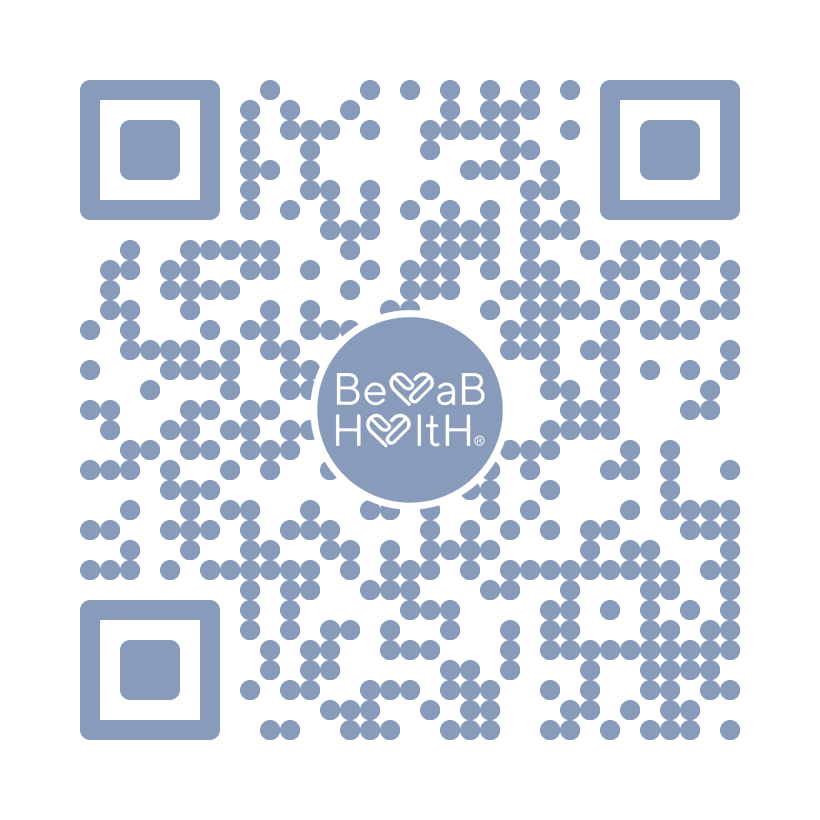BeeaaB HealtH nutritional analysis of Seeds, sunflower seed kernels, oil roasted, without salt
The comprehensive nutrient analysis and nutrition table is based on approximately 100 gr of Seeds, sunflower seed kernels, oil roasted, without salt and takes into account daily calorie and macronutrient needs, including carbohydrates with a breakdown of daily carbohydrate distribution, required fiber, necessary fats categorized into polyunsaturated fats, monounsaturated fats, saturated fats, trans fats, cholesterol, essential omegas such as omega-3 and omega-6, as well as DHA, and proteins with a breakdown of essential and semi-essential amino acids, and all daily requirements for micronutrients such as vitamins and major and minor minerals in the diet of Male 52-year-old individual with a height of 187 centimeters, weight of 82.85 kilograms, and with specified aerobic physical activity in terms of time, intensity, and duration on a daily basis.

To precisely understand how much of which food meets your or your child’s daily needs, log in
